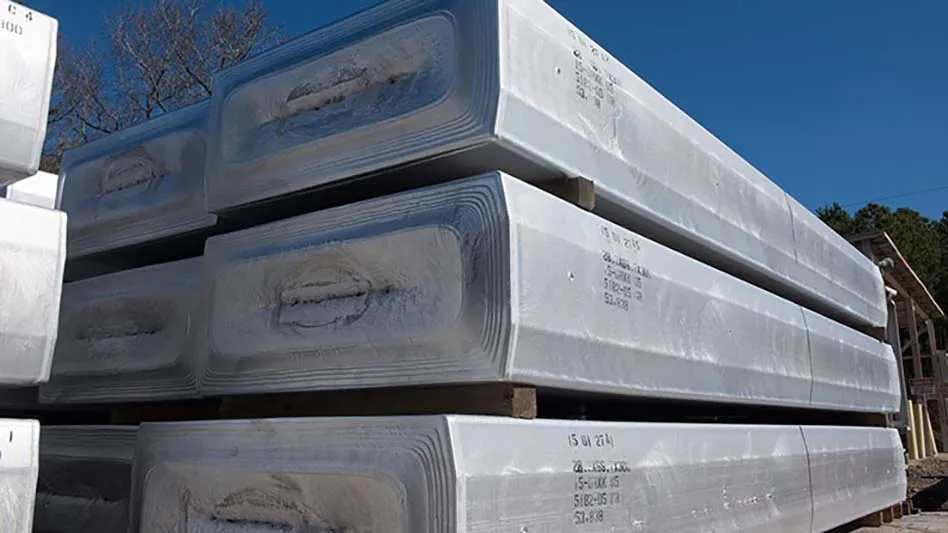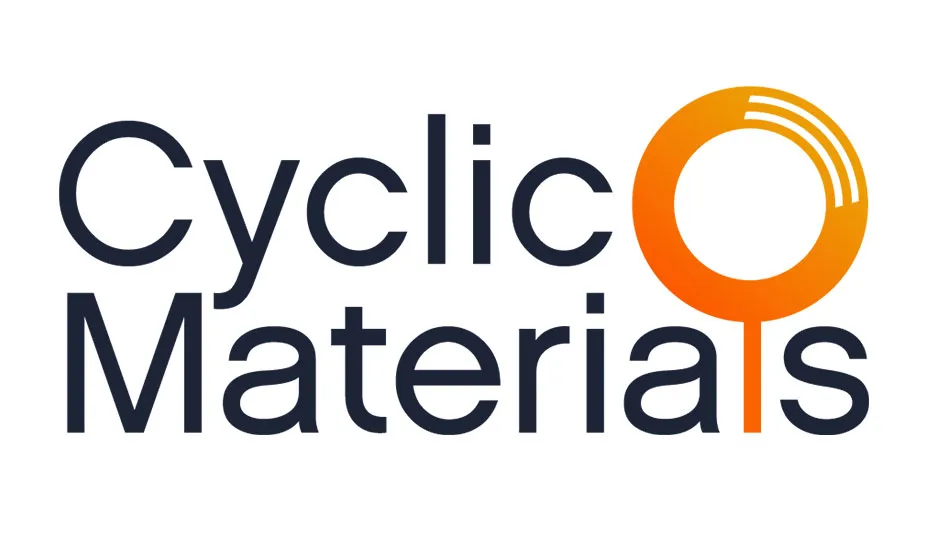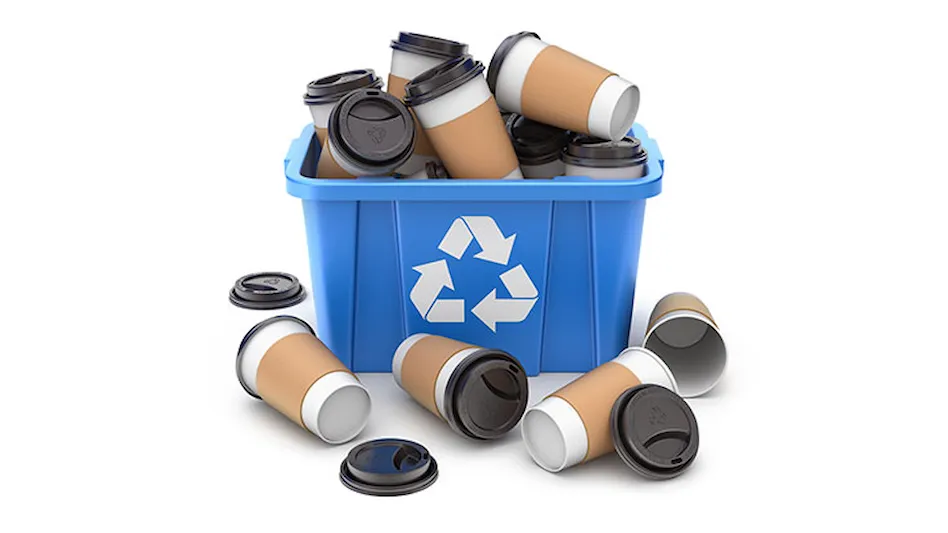
Jim Levine, the co-founder and president of Regency Technologies, headquartered in Stow, Ohio, about 35 miles southeast of downtown Cleveland, says simplicity and a business model borrowed from the scrap processing sector are among the keys to the information technology (IT) asset conversion company’s success. Regency also embraces standardization across all seven of its locations—from Brooksville, Florida, in the Southeast to Olympia, Washington, in the Northwest—helping to ensure consistency of service for the company’s national clients.
Levine and a small group of others established the company in 1998. Regency initially was focused on the repair and resale of IT assets. However, as the company found itself having to recycle more of its incoming material, the opportunity arose to partner with a seasoned scrap processing company that was also a neighbor.
Expanding its capabilities
Levine says he became aware of how Regency’s business was shifting away from reuse toward recycling in the early 2000s. When Regency was first established, 90 percent of its incoming material was destined for resale. So little was going to scrap at that time that Levine says, “[We] weren’t even paying attention to it.”
He continues, “By 2003, 70 percent of our equipment was going to resale, and 30 percent of it was going into the scrap bins, and more people were leaving the [asset recovery] business.” Levine says he knew the ratios were heading for equilibrium and he had to do something differently. Shortly after having that revelation, he met Steve Joseph, the CEO of Reserve Management Group (RMG), a scrap processor with operations near Regency’s facility at the time.
Levine recalls that Joseph suggested doing a few transactions together to take advantage of their two companies’ relative strengths. They agreed the deals would be completely transparent so both sides could then make a data-based decision about whether to continue the relationship.
Those initial transactions proved successful, leading to a more formal partnership between Regency and RMG that began in 2005. The companies partnered for about a year, with RMG handling the scrap generated by Regency’s operations, Levine explains. They then formed a joint venture and, eventually, Regency officially became part of RMG, a family of distinct but related businesses involved in recycling, scrap metal processing, material handling, equipment sales and purchasing and property management. This move allowed Regency to benefit from synergies that existed among other RMG affiliates and from the institutional knowledge they had amassed in the areas of size reduction and materials recovery.
RMG and Regency recently moved to a new joint headquarters in Stow. That building includes more than 500,000 square feet of warehouse space occupied by Regency. RMG has a second headquarters at a complex in Chicago that also houses one of Regency’s seven locations.
Six of Regency’s seven locations feature shredding systems with varying downstream recovery capabilities. The Stow facility, the company’s newest, was putting the final touches on its shredding plant in October, when Recycling Today visited with Levine and toured the operation.
Regency’s separation equipment allows for the recovery of a wide range of commodities that wind up moving to various customers around the world.

“We go wherever the markets are,” he says, provided that the economics make sense and that consumers comply with the requirements set forth by The Sustainable Electronics Reuse & Recycling (R2) Standard.
He mentions that Regency, like many other end-of-life electronics processors, has been dealing with the global challenges of marketing many of the commodities it recovers. The company continually looks to improve and refine its processing capabilities to produce commodities that can find homes in today’s shifting marketplace. “What we continue to try to do is make what we hope are long-term sustainable investments in the business based on where we see the potential,” Levine says.
Regency’s inbound material streams continue to include large quantities of both resalable and recyclable equipment, he says. “It depends on the mix of suppliers and their requirements.”
Levine stresses that Regency’s growth and success stem largely from its ability to handle both types of material.

Focusing on service
Regency annually processes in excess of 100 million pounds of electronics across all its locations, Levine says, as well as more than 1 million unique assets.
The company serves clients in the financial, health care, government, education and retail sectors. “We are well-balanced between the financial, retail, government and health care sectors,” Levine says.
Regency’s services “fit best with larger complex supply chains that require the service and see the value in [ongoing] service versus transactional businesses,” he says. Much of the work Regency does involves repeated asset conversions as opposed to one-time service.
The moment it is picked up, equipment enters Regency’s proprietary process.
“We know what the basics are, and we’re not willing to veer from them.” – Jim Levine, president, Regency Technologies
Because Regency often serves large, national accounts, it employs the services of third-party logistics providers as well as its internal logistics team. “We have a full logistics team internally. They manage our own trucks,” he says. “We might have two, three, sometimes four box trucks in one of our seven markets, where we’re dispatching those trucks to do certain pickups. Sometimes they’re used for the large national accounts, sometimes they’re for smaller local pickups.”
When equipment arrives at one of Regency’s plants, it enters a triage area where it is identified and segregated based on defined criteria.
From there, devices are tested, audited and repaired, if necessary, and data are overwritten before the devices are remarketed. Equipment with no viable resale option is routed to the respective downstream processing areas.
Regency works with a global network of equipment dealers in addition to using e-commerce channels, such as eBay and Amazon. Levine says “there are certain disposition requirements that have to be met” before Regency places an item on eBay or Amazon for sale. “There should be a significant pickup to move it on eBay or Amazon because there are lots of extra costs to market and push it through that e-commerce channel.”
Processing discipline
Levine says he believes Regency’s focuses on service and process help to set the company apart from other asset recovery companies. “We look at everything in a very fundamental way.”
Every business decision the company makes is examined through the lens of a more traditional scrap processor, Levine says, with the company considering if a particular step makes economic sense or if it can be done a better way.
Regency constantly is asking how processes can be improved and costs controlled. The company engages in “constant analysis of everything that rolls through the operation,” he says. “That spirit comes from the very top and pushes all the way through the operation.”

Levine adds, “The real key to our success as a company has come from our people and teams pulling together to accomplish the mission. From operations to sales, accounting and IT to logistics, senior managers to line workers, there is a clear sense of team and caring. That makes a big difference day in and day out.
“We know what the basics are, and we’re not willing to veer from them,” he continues. “And that’s really a scrap industry mentality, and we’re applying it in the tech center.”
The fundamental issues
Levine says secondary commodity markets, while currently low, fluctuate. However, he believes that an ongoing challenge will be educating generators on the value of the services Regency and similar companies provide.
The data security industry is attracting outside investments because it is viewed as a growth sector, Levine says. “However, you have people with relatively little knowledge about what it really takes to run the business itself,” he explains, and their business model might not be grounded in reality. “That’s a huge challenge for us, trying to somehow validate what we’re doing.”
Another factor that has had an influence on the electronics recycling sector is state extended producer responsibility (EPR) laws, which Levine says he is not in favor of. “I think they’ve done more harm than good, and I think they’ve distorted the true economics of the marketplace. Subsidies just lead people to make bad choices.”
When it comes to Regency’s business philosophy, he says, “We want to do the right thing. We negotiate tough, but we negotiate fair. We want to feel good about what we do.”
The company’s plans include diversifying and expanding its generating customers and growing the volume of IT assets it handles.
Levine and the team at Regency are counting on the company’s dedication to process and transparency to ensure its future growth.

Explore the December 2019 Issue
Check out more from this issue and find you next story to read.
Latest from Recycling Today
- Domestic ferrous scrap market remains on ‘sideways’ trajectory
- GFL reports revenue increase in first quarter
- Guardian Data Destruction names new CEO
- Bulking up
- Greenmantra says polymer additives optimize customer’s HPDE pipe
- Pure Loop celebrates ISEC shredder-extruder at NPE
- New Alpla PET wine bottle cuts carbon emissions
- Ascend Elements, Call2Recycle to offer customized EV battery services





